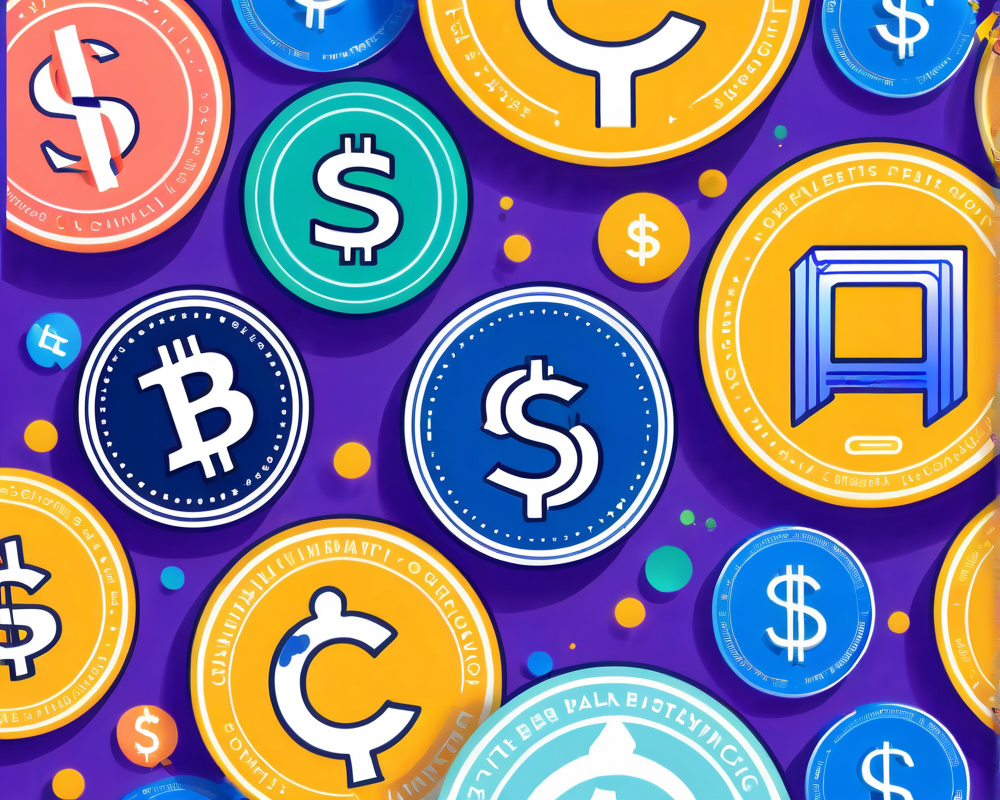A New Era for Stablecoins
Binance USD (BUSD), the third-largest stablecoin in town, recently found itself in hot water as the New York Department of Financial Services issued a shutdown order on minting new tokens. Just a few days before this regulatory slap, the SEC had already claimed BUSD was playing fast and loose with securities laws. Talk about bad timing!
What Changpeng Zhao Thinks
Enter Changpeng Zhao, the CEO of Binance, who seems to predict the future with the confidence of a soothsayer. During a recent Twitter AMA, he suggested that regulatory pressures might send the crypto community scurrying for alternative arrangements—like stablecoins that peg to the euro or even the Japanese yen. Who knew the battlefield of currency stability could be so global?
The Algorithmic Circus
Zhao didn’t just stop there; he also delved into the chaotic world of algorithmic stablecoins, which are like the wild cousins of traditional stablecoins, operating without a safety net of real-world assets. Instead, they use a complex dance of tokenomics and algorithms to hold their value steady through a dual-token system. Sounds fancy, right? But it’s also quite risky—remember the tale of TerraUSD?
- Dual-token system: stablecoin + volatile asset
- Burn mechanism: minting requires burning tokens
- High-risk factor: algorithms can’t always save the day
Facing the Fallout
With all the recent regulatory drama, Binance is no stranger to seeking alternatives, minting a whopping 180 million TrueUSD (TUSD) tokens recently. Seems like they’re playing Hot Potato with stablecoins!
The State of Decentralized Stablecoins
Decentralized stablecoins, which started with a bang thanks to projects like Dai from MakerDAO, now find themselves caught in the crossfire of reputation hits—largely due to the Titanic-esque sinking of the Terra ecosystem. Despite their decentralized mission, the frequent entanglements with centralized counterparts like USDC raise eyebrows and questions about their future viability.
“The aura of their marketing as decentralized is now wiped out with the recent struggles of USDC.” – Hassan Sheikh
If decentralized stablecoins are to make a comeback, they’ll need to start from ground zero and innovate beyond what we currently see.
Conclusion: A Chaotic Future Ahead?
As it stands, centralized stablecoins with ties to fiat currencies seem to be holding the fort. While decentralized options promise a utopian vision of financial freedom, their real-world applications have raised many red flags. So, will we see more exchanges pivoting away from U.S. dollar reliance as regulatory heat increases? Only time—and some clever innovations—will tell.



